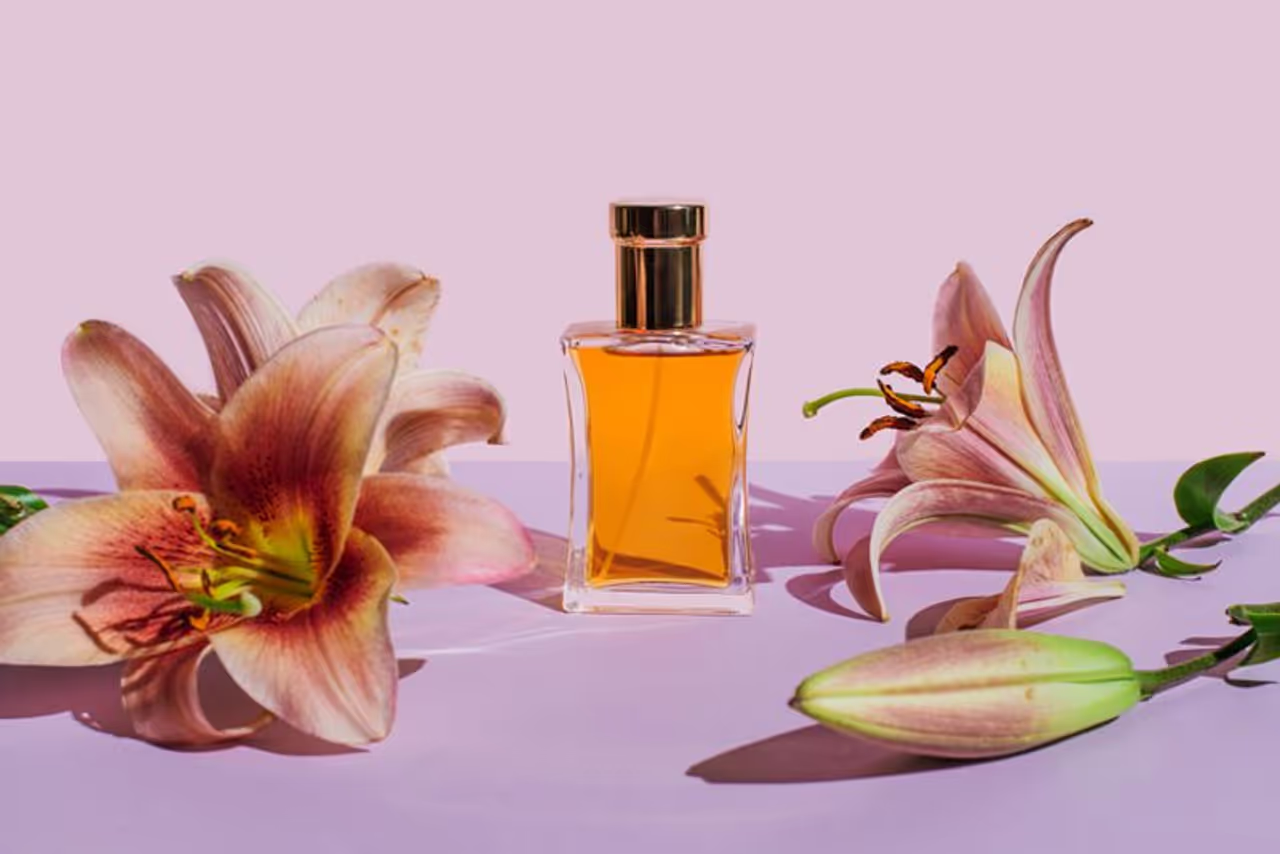Here is how you can make perfumes at home
Making perfumes from scratch can be a fascinating and creative process. However, it requires patience, experimentation, and a good understanding of essential oils, fragrance notes, and their interactions. Here's a basic guide to help you get started:

Image: Getty
Perfume-making is an art, and it might take some trial and error before you create the perfect blend. Keep detailed notes of your recipes and adjustments to help you refine your future creations. Enjoy the process and have fun experimenting with different scents!

Image: Getty
Research and Gather Supplies:
- Familiarize yourself with different fragrance notes and their classifications (top, middle, and base notes).
- Purchase essential oils and fragrance oils of your choice. You can find them at specialty stores or online retailers.
- Obtain a carrier oil (such as jojoba oil or fractionated coconut oil) to dilute the fragrance oils.
Create a Scent Profile:
- Decide on the type of perfume you want to create (e.g., floral, woody, citrusy, oriental).
- Choose the main fragrance notes that will form the base, middle, and top layers of your perfume. Typically, perfumes have a combination of notes to create a well-rounded scent.
Image: Getty
Prepare the Base:
- Start with the base notes, which are usually the most long-lasting and often have a heavier, grounding scent.
- In a glass container, mix the carrier oil with the chosen base note fragrance oil. The ratio of carrier oil to fragrance oil depends on your desired strength; you can start with a 2:1 ratio and adjust as needed.
Image: Getty
Work on the Middle Notes:
- Middle notes are the heart of the perfume and emerge after the top notes fade away.
- Add the middle note essential oil to the base mixture, adjusting the ratio according to your preference.
Image: Getty
Add the Top Notes:
- Top notes are the initial burst of scent and the first impression of your perfume.
- Introduce the top note essential oil to the mixture, making sure it complements the middle and base notes
Image: Getty
Test and Adjust:
- Create small test batches of your perfume and let them sit for a few days to blend properly.
- Test the perfume on your skin to see how it develops over time and how the different notes interact with your body chemistry.
Image: Getty
Aging and Bottling:
- Once you're satisfied with the final scent, let the perfume age for a couple of weeks to allow the notes to mature and blend harmoniously.
- After aging, transfer your perfume into a clean, dark glass bottle to preserve its fragrance.
Image: Getty
Safety Precautions:
- Essential oils can be potent and may cause skin irritation or allergic reactions. Perform a patch test before applying the perfume directly to your skin.
- Work in a well-ventilated area and avoid inhaling concentrated fragrance oils.
Explore the latest Lifestyle News covering fashion, wellness, travel, Food and Recipes, and more. Stay updated with trending Health News, fitness tips, and expert insights to inspire your daily living. Discover personalized lifestyle trends that keep you stylish and informed. Download the Asianet News Official App for everything that adds value to your everyday life.